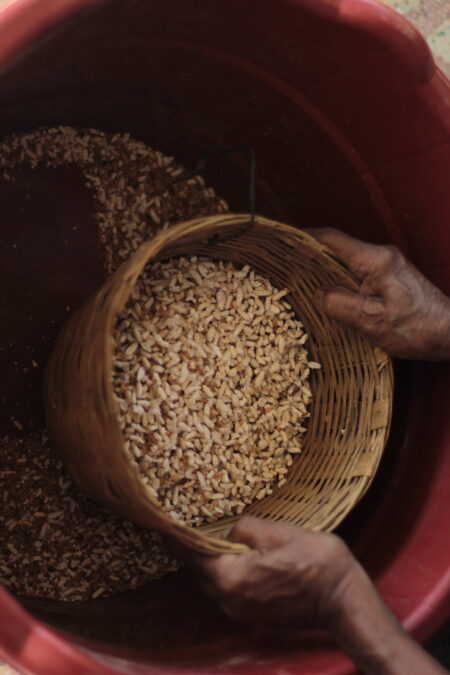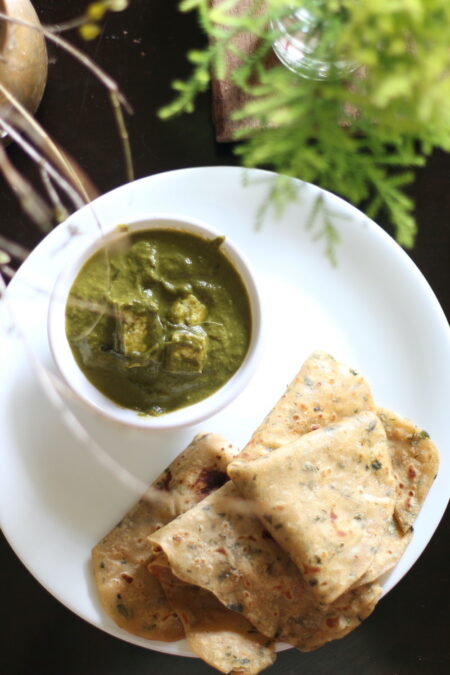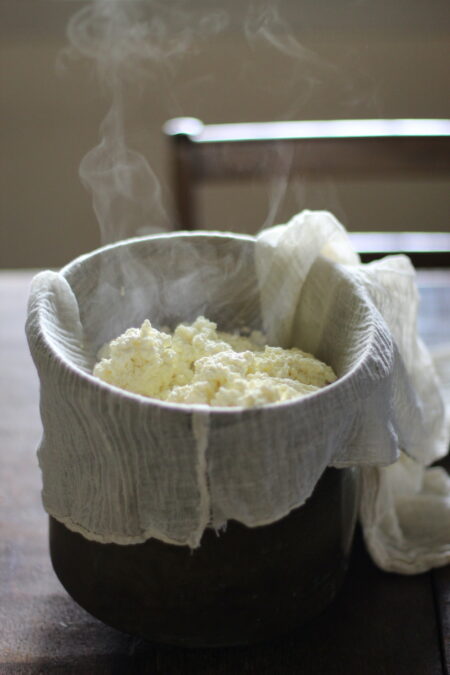Passing on the know hows and preserving the Foraging cultures Folklore Traditions of the Western Ghats are a much needed thing in today’s world. With the depleting knowledge of edible weeds, we are sunk in an ocean of overcast knowledge that is being forcibly enforced on us. I wonder why can’t we construct demands for these local greens as opposed to the newest fads in the market. Why can’t a bunch of sessile joyweed leaves that just grows anywhere or a bunch of kanne soppu, or maybe a bunch of the most common malabar spinach greens be sold at super markets? Have these ingredients gone too old or too common or uncommon? Writing as I am still reminiscing the flavours of the soppina sambhar/curry I just had a couple of days ago made from these foraged greens. The purpose of this article is to solely throw a lot of light and shove the dust off the notion of all weeds generalised and being inedible, the false notion of the need to discard them if they are found thriving in our fancy lettuce patches!
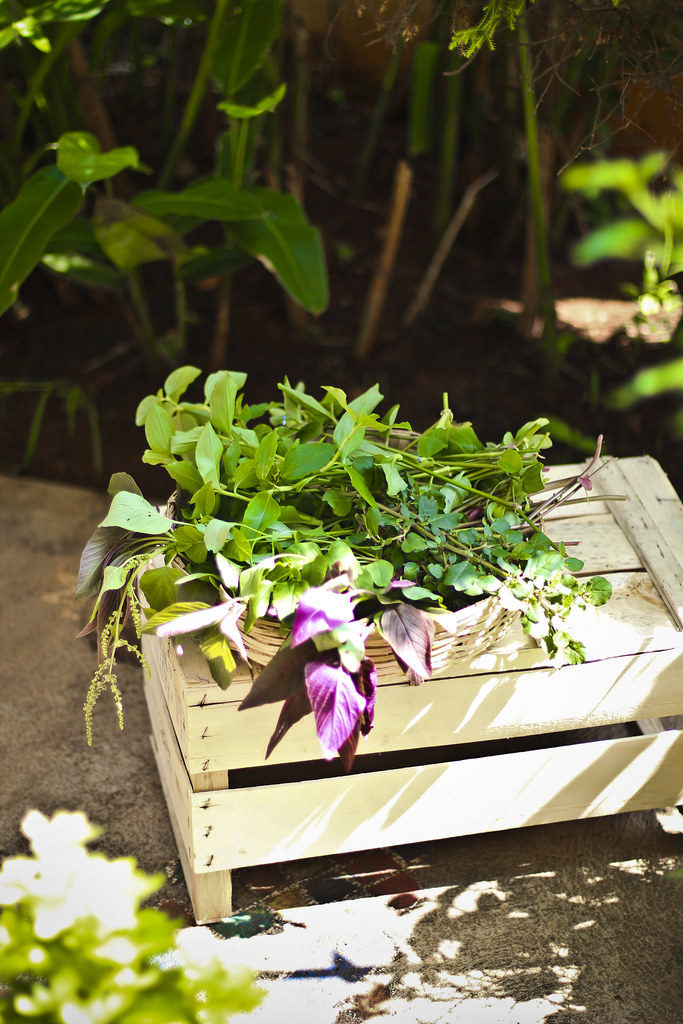
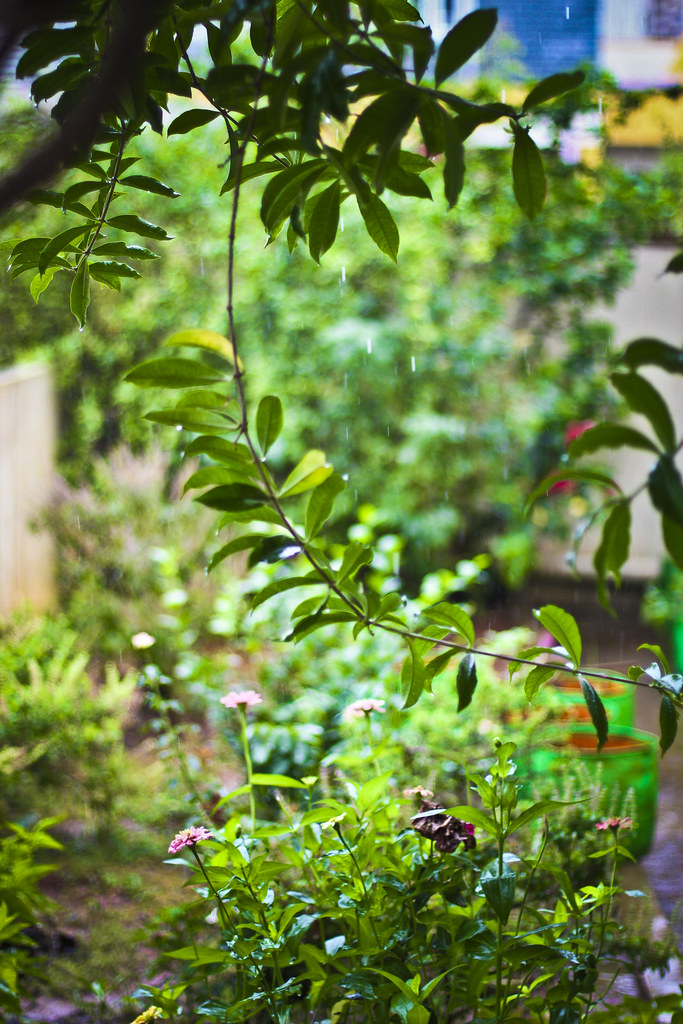
Foraging, an age old practice of searching for food and greens out in the wild or the backyard has everlastingly been one of the most popular and old method of accessing rare ingredients / greens / vegetables / edible weeds in ancient cooking. This is more or less like free food for the common man. A simple recipe of a Keerai Masiyal made from these foraged greens can pep up your meal to the next level that is rounded off with a light curd rice. Such activities can transmit so much of jubilance and whats not to love this task so much, that you trade all your time on this planet for these soulful ventures, if you’d have a chance.
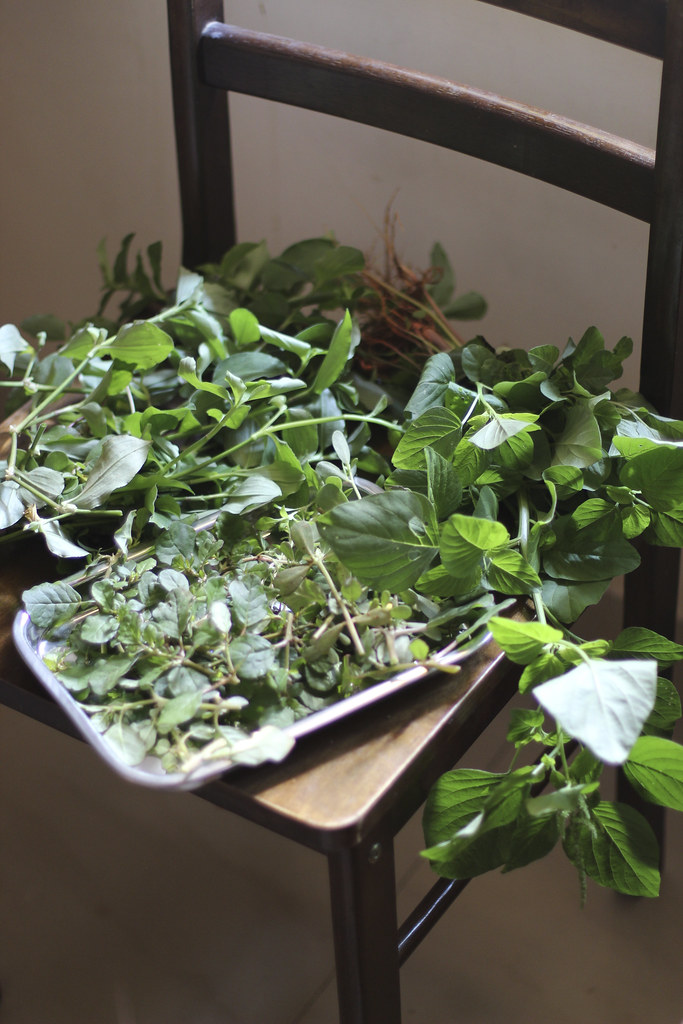


I’ve been hankering to share my experiences of foraging greens from my garden, considering the amount of time (in years) I’ve spent with the plants, trees and herb populace around my abode. Although I’ve moved various homes and cities through the last couple of years and now ostensibly settled down, it wasn’t a difficult thing at all to have a garden everywhere, or, I could promptly say “a vegetable garden” that can actually suffice the needs of a family of 2-4 people very efficiently. A well planned garden has to be the motto of a gardener, if you you’d really wish to make it work efficaciously for your regular culinary needs.


I’ll take you through pictures of some of the few greens I’ve scoured in my garden. The point here is, I’ve specifically grown these greens separately in bag as and when these accidentally popped up in the midst of my other vegetable crops. The Hongone Soppu (Sessile Joyweed) is one of the most blatant among these, with their seeds getting dropped all over by the butterflies and teensy garden bugs. You bring in a twig and plant it in one of your planters, you’re in for a lot of duplicate offsprings in the next few months. Similar is the case with malabar spinach, horse purslane, mint and even the kanne soppu. No, I’ll not be covering the medicinal properties or such specifics about these greens, since these are so unique and distinguishing from our regular farm greens, and moreover these have vast histories attached, that each of these greens need a separate page attached to them! Briefing on one particular herb needs a lot of research. So while I unravel some of the mysteries of each these edible weeds, I’ll share the properties one after the other.

Gubbachi Baale – Kanne Soppu – (Commelina benghalensis): I use these to make fritters and they taste beautiful with a crunchy outer gram flour covering. I also add these to some of my stir fries and Sambhars.

Hongone Soppu – (Sessile Joyweed): These are delicious greens and one of the most sought for greens before any other leafy vegetables! That is the glory of sessile joyweed. These are the tiny variety of greens and these are supposedly said to be beneficial to the eyes. Kootu is one of the best recipes you can make from these greens.

Horse Purslane – Komme Soppu – Dodd Goni Soppu – (Boerhavia diffusa): I mainly add these to Massoppu or Stir fries that go well with Rasam. Known for its Ayurvedic pain remedies and deliciousness, This green leafy wonder grows fast and spreads rapidly if left to grow.
Common Purslane – Sann Goni Soppu – (Portulaca oleracea): Purslane is quite a common edible weed which is foraged in numerous amounts in vegetable fields. Nomenclatures of this green herb is quite vast with people calling these greens with different names. Similar to Horse Purslane, this herb is soft stemmed and the whole plant is edible (including stems)
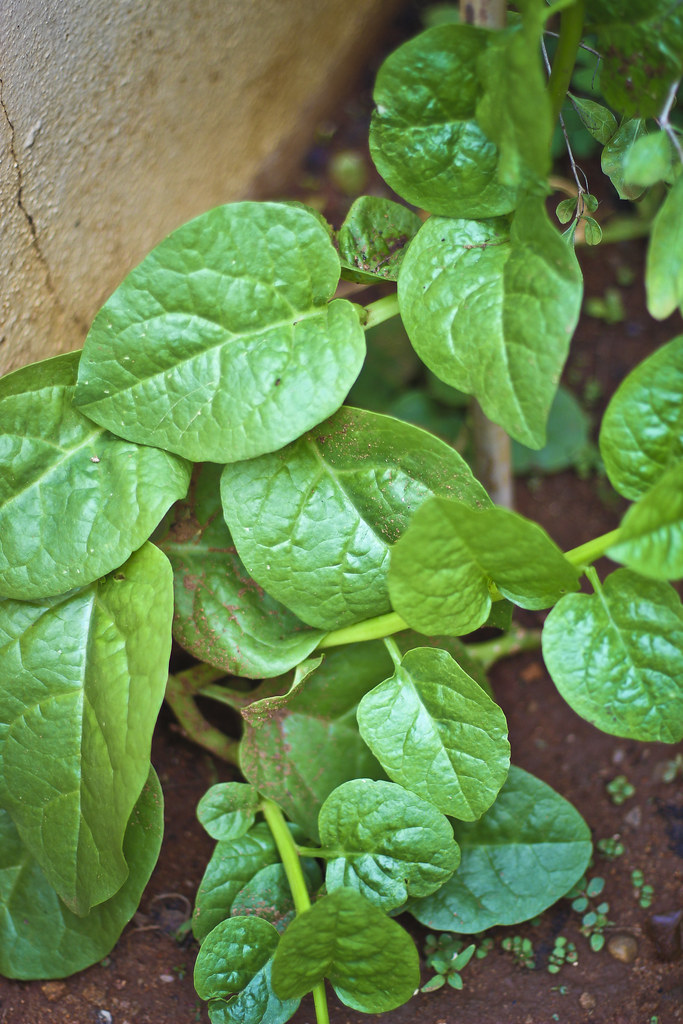
Basale Soppu – (Malabar Spinach): We need no introduction for this leafy green! Though, once grown in some part of your garden, the dark seeds produced would be dropped off at numerous parts of the garden producing more seedlings. It gets overwhelming when there’s lack of space.

Kaki Ganike Soppu – Nightshade – (Solanum Ptychanthum): Ganike soppu is a perennial herb that produces leafy greens with black/purple berries. The leaves are used for wide culinary recipes and the berries are generally dried and stored to make Gojjus and Sambhars.

Avaram Senna – Thaikilo – Thajanku – Cassia Tora – (Senna Auriculata): Cassia is a flowering weed that grows into a beautiful tree producing yellow edible flowers that are little bitter to taste. The flowers are ideally used for hair care and skin care. Tora leaves are also used for making fritters/vadas too in the Mangalorean coast.

Daglaare Soppu – Keere Soppu These are the wild kind of Amaranthus Leaves that grow in between vegetables patches producing lots of pods and seeds. The stems are harder unlike the normal Amaranthus that are usually tender. I just pluck the tender leafy part from the stem and leave the stem to produce more leaves. I just get a handful of these

Kasre Soppu – Tharai Pasalai Keerai – Siru Pasalai Keerai – (Portulaca Quadrifida) These are more like Purslanes but very tiny. The leaves are juicy and plump. The plants produce yellow flowers and form a mat like patch wherever these grow. The leaves wilt too soon, hence they need to be plucked just as you are about to cook with the leaves. Masiyal is something I’m looking forward to cook with these greens!


